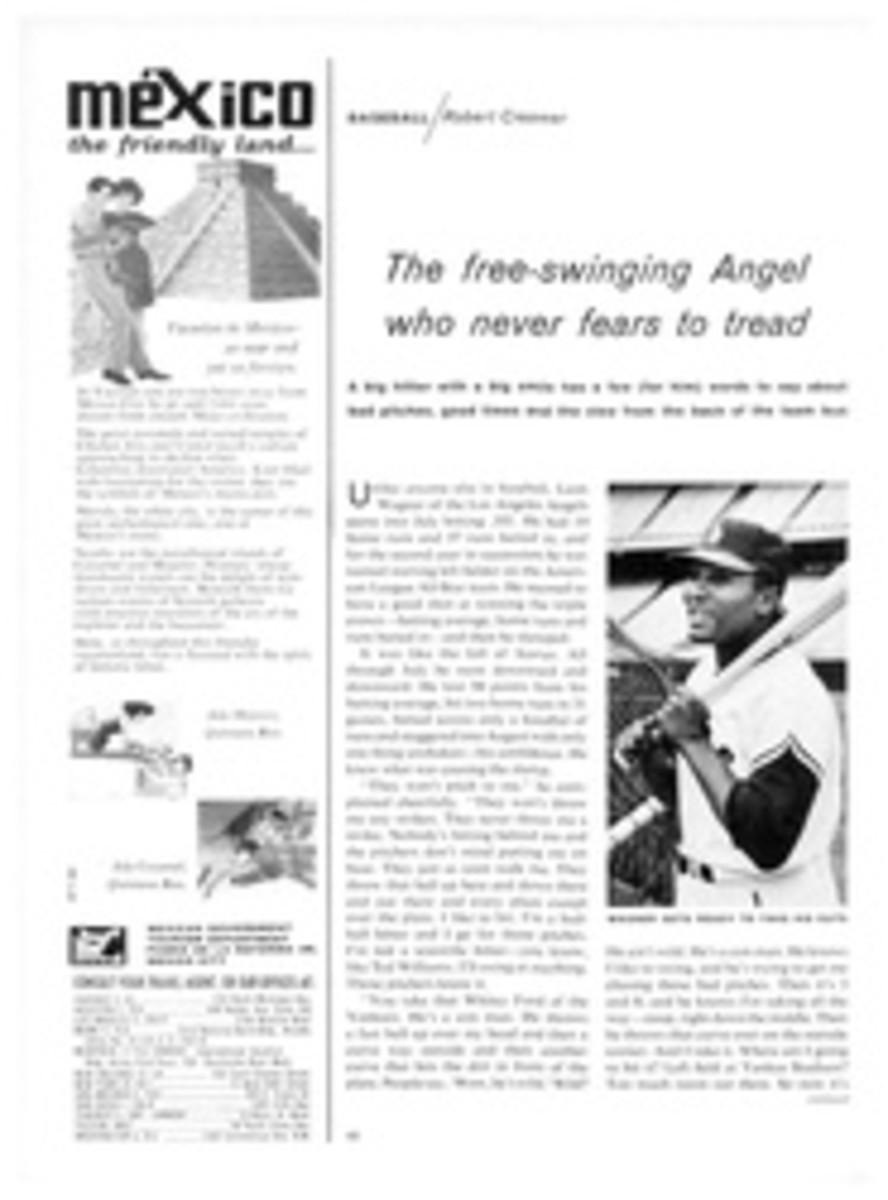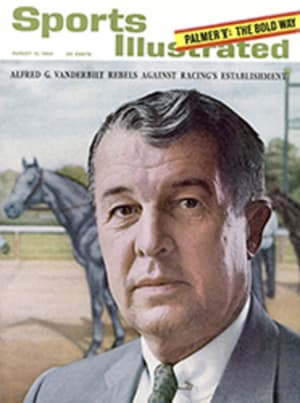
The Winter Olympics
There is a common assumption that a bed in an Olympic town and a ticket to the Games are so difficult to get that—unless you are on the team yourself or have extraordinary connections—you might as well stay at home. Yet on opening day in Cortina in 1956 and in Rome in 1960 hundreds of beds and seats went begging, their potential takers scared off by advance talk of sellout conditions. What about Innsbruck next February?
One thing seems certain—there will be no empty beds or seats on January 28, 1964. But the persevering can still obtain accommodations and tickets.
Cortina and Squaw Valley were ski villages, but Innsbruck (pop. 100,000) is a city—the largest in the Tyrol. Railroads, buses and roads connect it with other ski centers on every side. Zurich is six hours to the west, Munich only three hours to the north. The 6,000 hotel beds in Innsbruck proper and nearby Igls and Hungerburg, the 3,000 beds in Seefeld, 18 miles away, and the area's 1,500 pension beds are completely sold out. Innkeepers are demanding as much as a 50% deposit for the whole 11-day period of the Games to shake off the fence-sitters.
The Winter Games hosts, however, still display the welcome sign and promise a bed within an hour of downtown Innsbruck—even if you arrive without a reservation the night before the Games begin. All along the Inn Valley, toward St. Anton and the Arlberg ski centers in one direction, toward Kitzb√ºhel in the other, there are hundreds of small bed-and-breakfast lodgings for the overflow; no private baths, of course, but eggs fresh off the farm and beds piled high with feather quilts. Another 2,000 beds in private homes in Innsbruck will be called upon as needed by the Olympic housing committee.
Although they are too far away for anyone who wants to see each day's events, Kitzb√ºhel and St. Anton, with its Arlberg neighbors of Z√ºrs, Lech and St. Christoph, are only one and a half hours by train, bus or car from Innsbruck. The skiing and the after-ski life at both areas are likely to be more interesting to skiers than in Innsbruck proper. There will be special bus excursions from St. Anton and Kitzb√ºhel every day during the Games. Since the standing room at most events is limited only by the size of the mountain, no advance tickets are necessary. You can buy your admission ticket with your bus ticket ($4 round trip) the day you decide to rest from skiing yourself and hop over to watch the races. But remember—February is top of the season in the Tyrol, so rooms will become scarce before the first snow flies.
For hotel rooms outside Innsbruck, book through travel agents here or write the local tourist office, or Verkehrsverein, in St. Anton am Arlberg and in Kitzb√ºhel. For a room with a private family in Innsbruck, write to St√§dtisches Verkehrsb√ºro, Burggraben 3, Innsbruck, Austria. Rates vary from $1.60 for bed and breakfast in a private house up to $20 for a room with bath and full board in a first-class hotel—if you can get one.
The 8,000 seats for the ice hockey games, about the most exciting spectator event at a Winter Olympics, and for the figure skating, the most beautiful, are going fast, but some are still available. A book of tickets for all 31 matches to be played in the Olympic Ice Arena is $132 for the best seats, $88 for others, $44 for standing room. There also will be 33 hockey matches played in the Fair Hall, where there is only standing room, at $20 for the season. Seats for individual figure skating sessions are $22 and $11, and standing room only is $4.40. A general-admission season ticket for all the outdoor competitions is $44. All can be comfortably watched—by the able-bodied and sensibly shod—while standing. The colorful opening ceremony will be held in the new Berg Isel jumping arena, which has a capacity of 60,000 standees; admission is $2.64 or $4.40. American Express is the U.S. agency for all Olympic Games tickets.
Once you have found your lodging and have your ticket, the best way to get from Innsbruck to the various sites is by bus. Unlike Squaw Valley, which was so small that spectators could walk to most events, the Austrian Olympics are spread all over the Tyrolean landscape. The major Alpine events at Lizum are 18 miles away in one direction, the Nordic events at Seefeld 18 miles in another, and the hockey, skating, jumping and bob events are in Innsbruck and Igls.
A fleet of 500 buses will shuttle back and forth in a constant stream from the railroad station; private cars, except for officials or press, will be barred from the Olympic sites.
If the effort required to find a room and to get a ticket for Innsbruck—not to mention the price—seems beyond you, be consoled with the fact that the 1964 Olympics probably will have the best TV coverage of any Olympics. ABC, which has rights for Innsbruck, plans to take advantage of the six-hour time lapse to develop and edit its film on jets bound for New York and to broadcast each day's events the same evening.
PHOTO
INNSBURCK 1964

